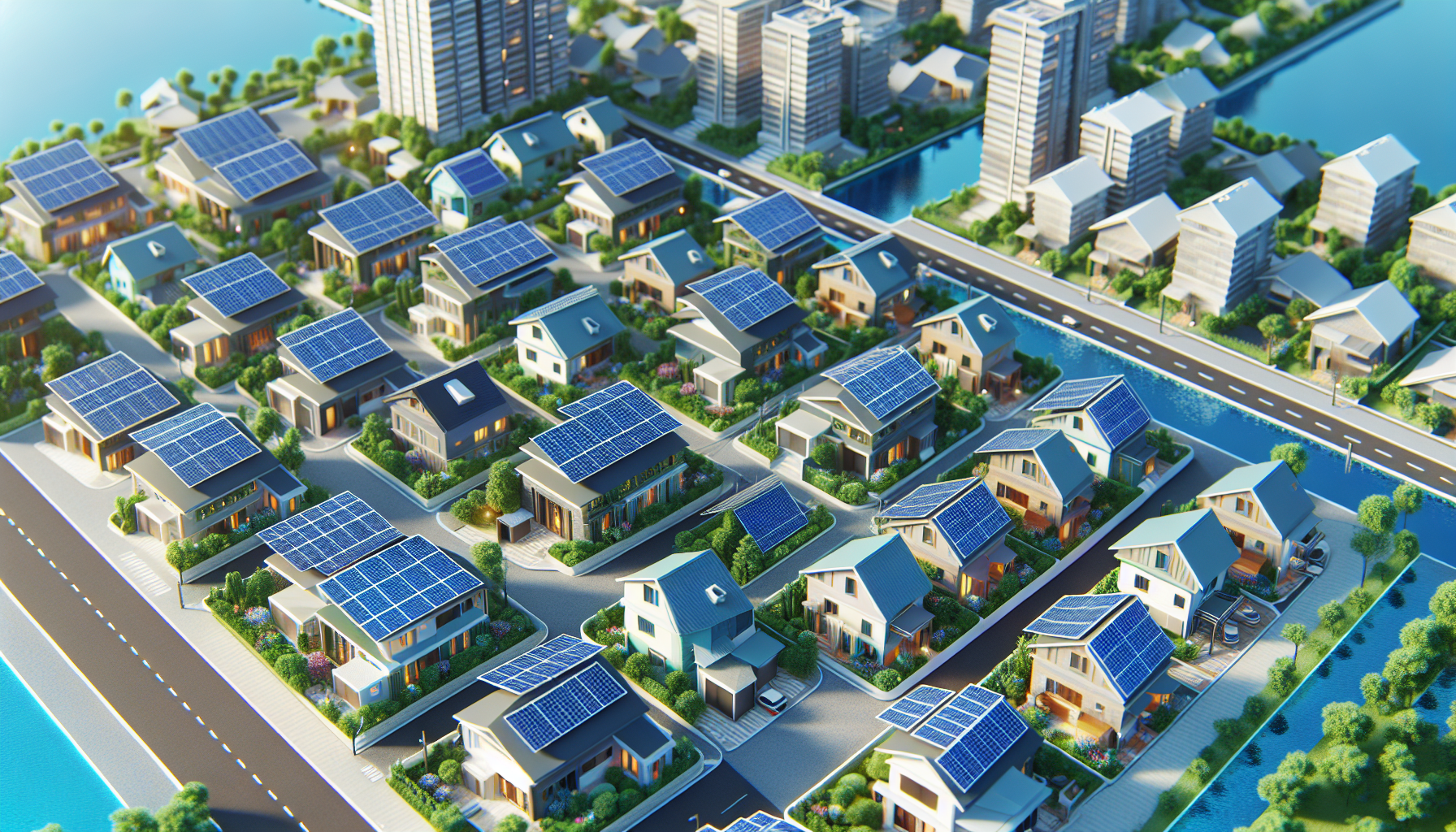In recent years, the pursuit of sustainable community energy has emerged as a pivotal aspect of creating resilient and eco-friendly living environments. As the global focus shifts towards mitigating climate change and reducing dependency on fossil fuels, communities around the world are seeking innovative and sustainable solutions to power their homes, businesses, and public spaces.
One of the most significant aspects of sustainable community energy is the integration of renewable energy sources, such as solar, wind, and hydropower. These sources are not only abundant but also reduce greenhouse gas emissions and decrease the reliance on non-renewable resources. For instance, solar panels are increasingly being installed on rooftops and community buildings, transforming them into miniature power stations that feed clean energy back into the local grid.
Wind energy also plays a critical role in sustainable community energy. By harnessing the power of the wind through strategically placed turbines, communities can produce significant amounts of electricity with minimal environmental impact. Often, these projects are developed as community-owned ventures, fostering local engagement and economic benefits.
Beyond the direct generation of renewable energy, energy efficiency is another crucial element. Communities are investing in smarter technologies and practices to reduce overall energy consumption. This includes the use of energy-efficient appliances, improved insulation, and smart grid technologies that monitor and optimize energy usage in real-time. Such measures not only contribute to sustainability but also reduce energy costs for residents and businesses.
Energy storage solutions are also becoming an integral part of sustainable community energy systems. By implementing advanced battery technologies, communities can store excess energy generated during peak production times and use it during high-demand periods. This capability enhances energy security and reliability, making communities less susceptible to power outages and fluctuations.
Moreover, sustainable community energy initiatives often emphasize the importance of local cooperation and education. Community workshops, collaborative projects, and educational campaigns ensure that residents are informed and actively participating in the energy transition. By involving the community in decision-making processes, these efforts garner wider support and commitment to sustainability goals.
Policies and incentives from local governments are also key drivers in promoting sustainable community energy. Subsidies for renewable energy installations, grants for energy efficiency projects, and regulations that support sustainable practices can accelerate the transition to greener energy solutions.
In conclusion, sustainable community energy is an essential part of building resilient and environmentally responsible communities. By combining renewable energy sources, energy efficiency, storage solutions, and community engagement, communities can significantly reduce their carbon footprint and ensure a more sustainable future for generations to come. As technology continues to advance and awareness grows, the potential for sustainable community energy systems will only increase, providing a blueprint for others around the world to follow.
